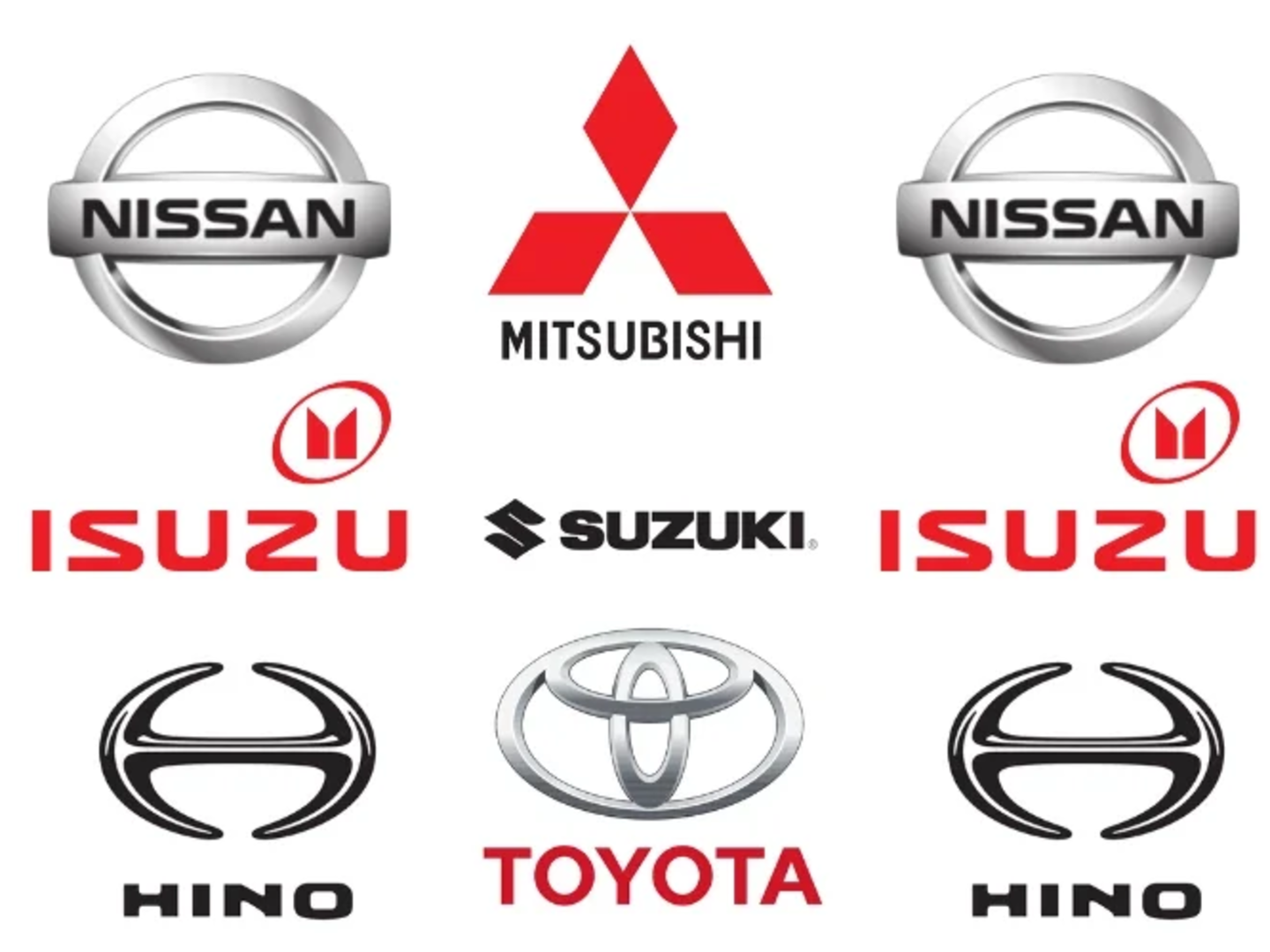You ever notice how some trucks just… keep going?
Well….we are not talking about those flashy rigs with chrome stacks and custom paints. We mean the beat-up, hardworking lorries you see in most of the construction sites, ports, and cramped city streets—still running smooth and strong after decades of abuse.
A lot of those? They’re Japanese!
In fact, there’s a reason businesses from Africa to Australia hunt down used Hinos, Isuzus, UD Nissans and Mitsubishi Fusos—even ones with 500,000 km on the clock. These things are built different!
In this comprehensive guide, we’ll break down the top Japan Lorry brands of 2025, popular models and variants, who they are best for, and how to find them cheap.
If you’ve ever wondered why Japan’s lorries are the Volvos of the truck world—overengineered, understated, and damn near unkillable—let’s get into it.
Table of Contents
Japan Lorry Brands
While Automobile giants like Toyota and Nissan dominate the Japanese car market as of 2025, we can see that Japan’s lorry sector is mainly ruled by four key players, each with its own legacy and widely distributed fanbase all over the world.
1. Isuzu – The Global Best-Seller

Founded in 1916, Isuzu pioneered diesel engines in Japan while becoming arguably the number one in light-duty trucks worldwide thanks to their Elf/N-Series.
Key Truck Series,
- Isuzu Elf (N-Series) – Do you know that Isuzu Elf, consisting of NPR and NQR models has become the best-selling Japan lorry in history with over 6 million trucks made? In fact, it also holds the Guinness World Record for this achievement which we will discuss in detail at our next section.
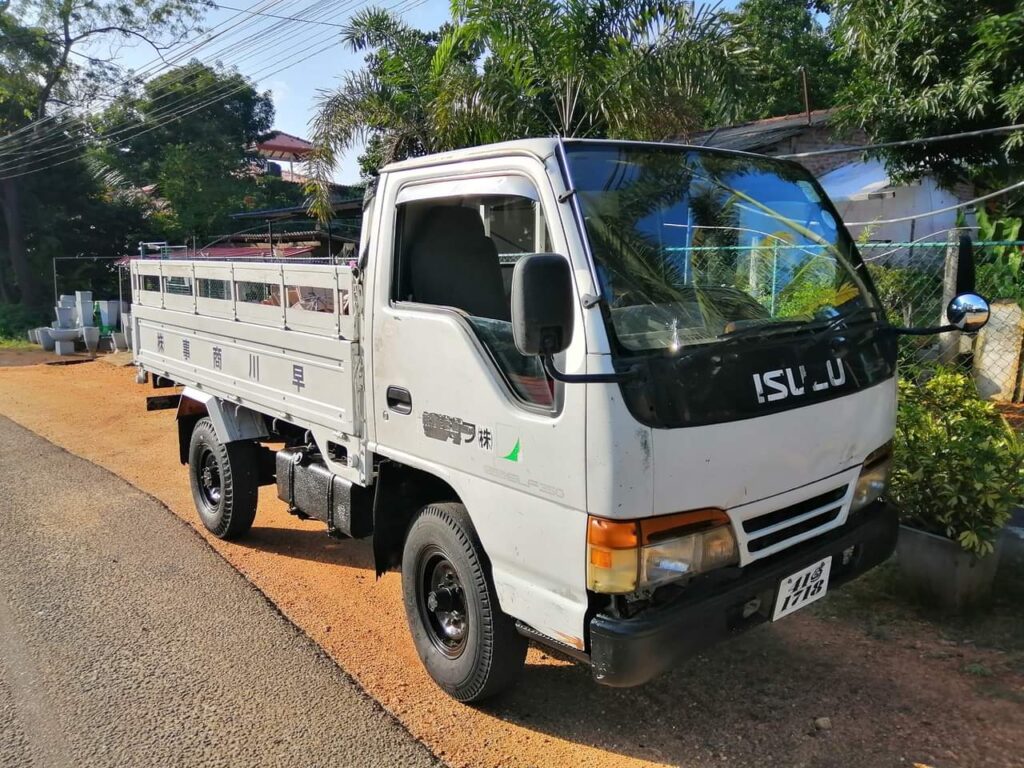
- Isuzu Forward (F-Series) – Medium-duty lorry widely used for fire trucks and refrigerated transport.

- Isuzu Giga – Heavy-duty hauler featuring powerful diesel engines, sleeper cabins, advanced transmission control.
Why Buy One? Excellent fuel efficiency, easy maintenance, and worldwide accessibility of spare parts are some reasons why they have become the global best seller.
2. Hino Motors
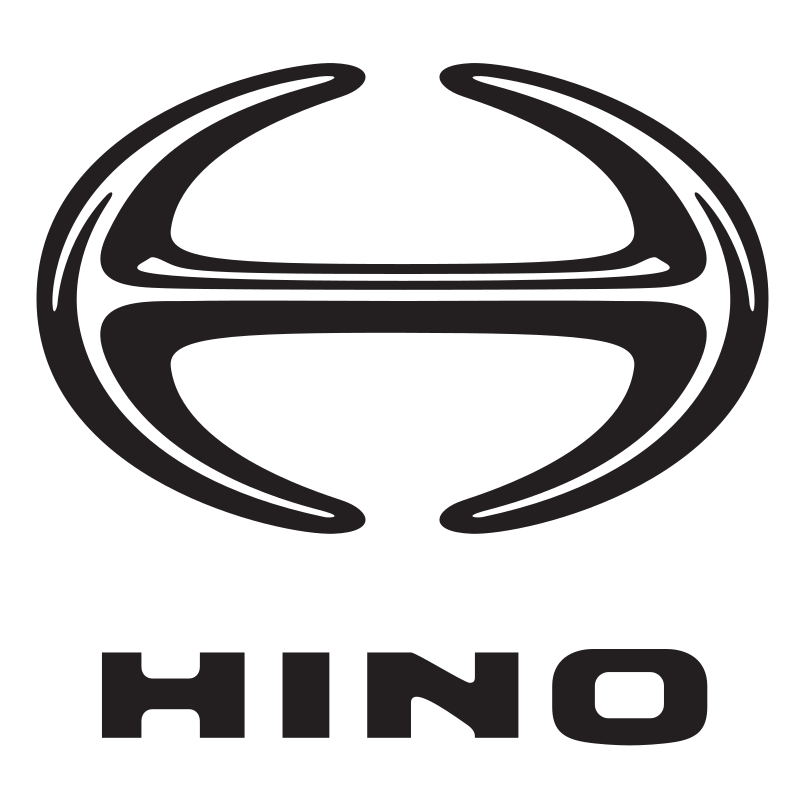
Started in 1942 as a Toyota subsidiary, Hino focused solely on commercial trucks and buses, and they Hold ~15% of Japan’s medium/heavy-duty truck market while maintaining a strong presence across Asia, America, Australia and beyond.
Key Truck Series,
- Hino 300 Series – The urban delivery king (4×2, 6-ton payload – Ideal for small business operations.).
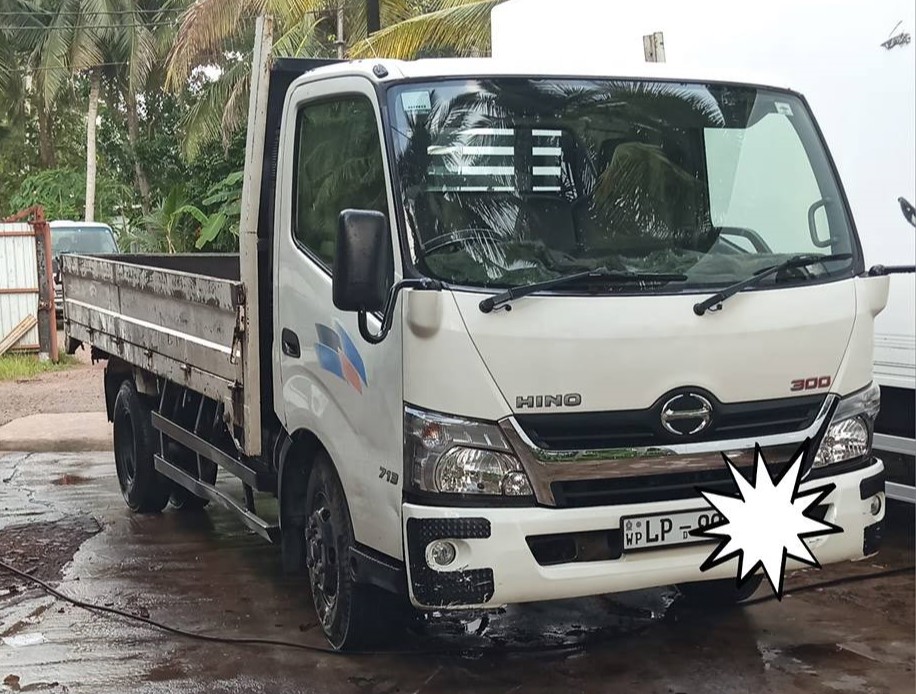
- Hino 500 Series – Medium-duty workhorse (used widely in construction, agricultural industry).
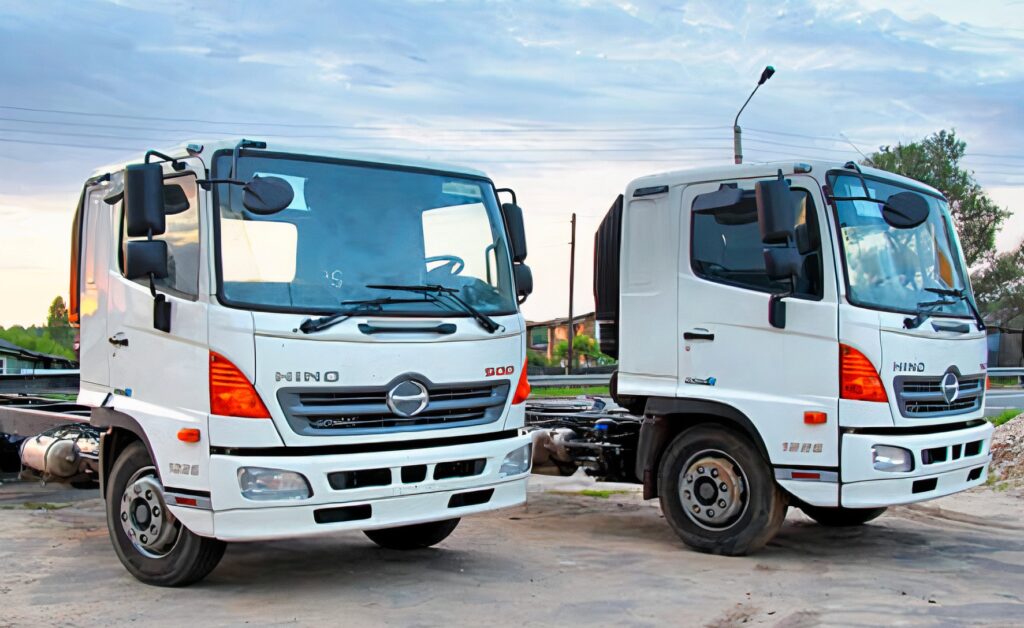
- Hino 700 Series – Also known as the Profia, this truck is commonly used in long-haul logistics, mining, and heavy construction work. (competes with Volvo/Freightliner).
Why Buy One? Simple, rugged, and cheap to maintain—mechanics love them.
3. Mitsubishi Fuso
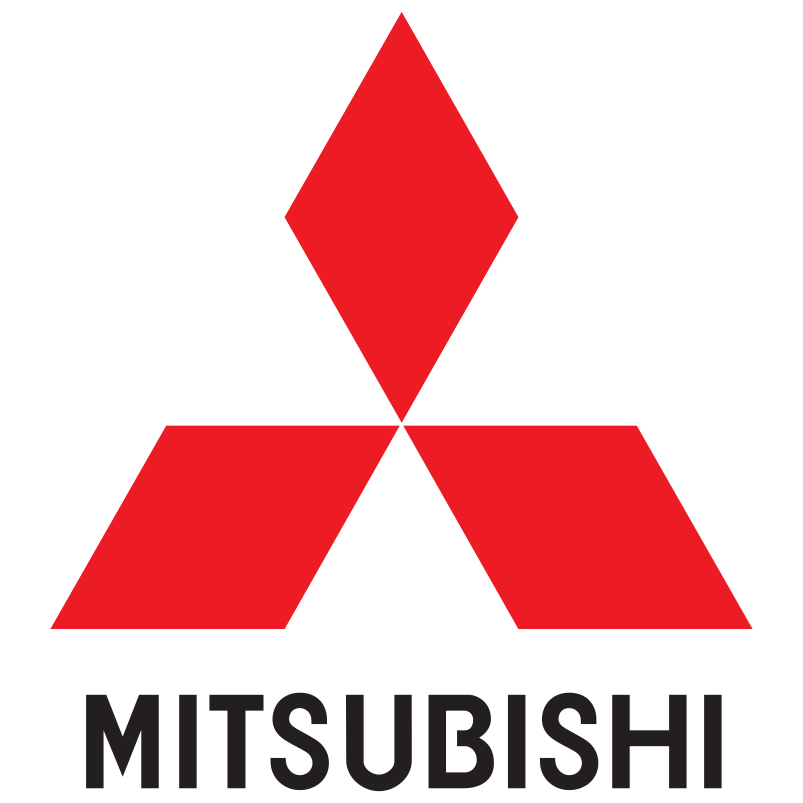
Started in 1932, now owned by Daimler Trucks (but still Japanese-built) Mitsubishi Fuso is mostly dominating light/medium-duty category in Asian countries, Australia and Africa.
- Key Truck Series:
- Fuso Canter – The ultimate city truck (narrow cab, 3-8 ton payload).
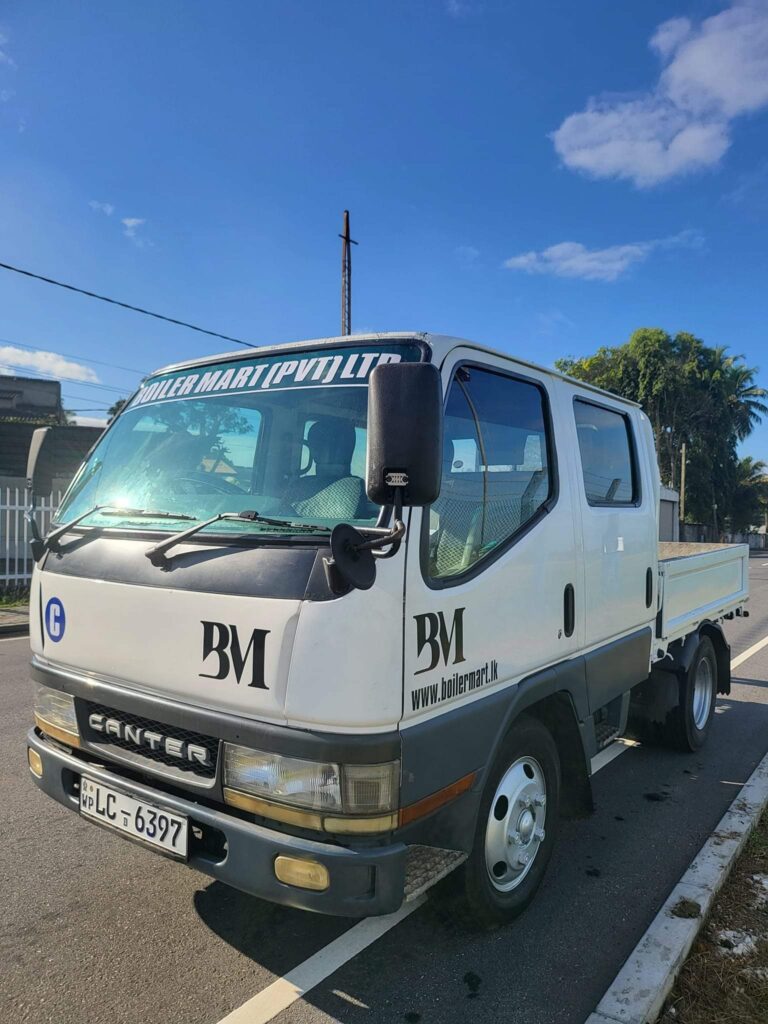
- Fuso Fighter – Medium-duty (construction, garbage trucks).
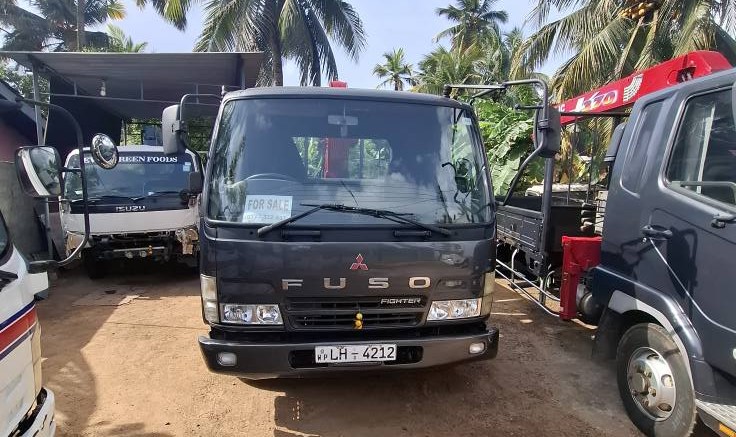
- Fuso Super Great – Heavy-duty (long-haul, but rare outside Japan).
Why Buy One? Best for tight spaces—Canter cabs are smaller than a Toyota Hilux.
4. UD Trucks (Nissan Diesel)
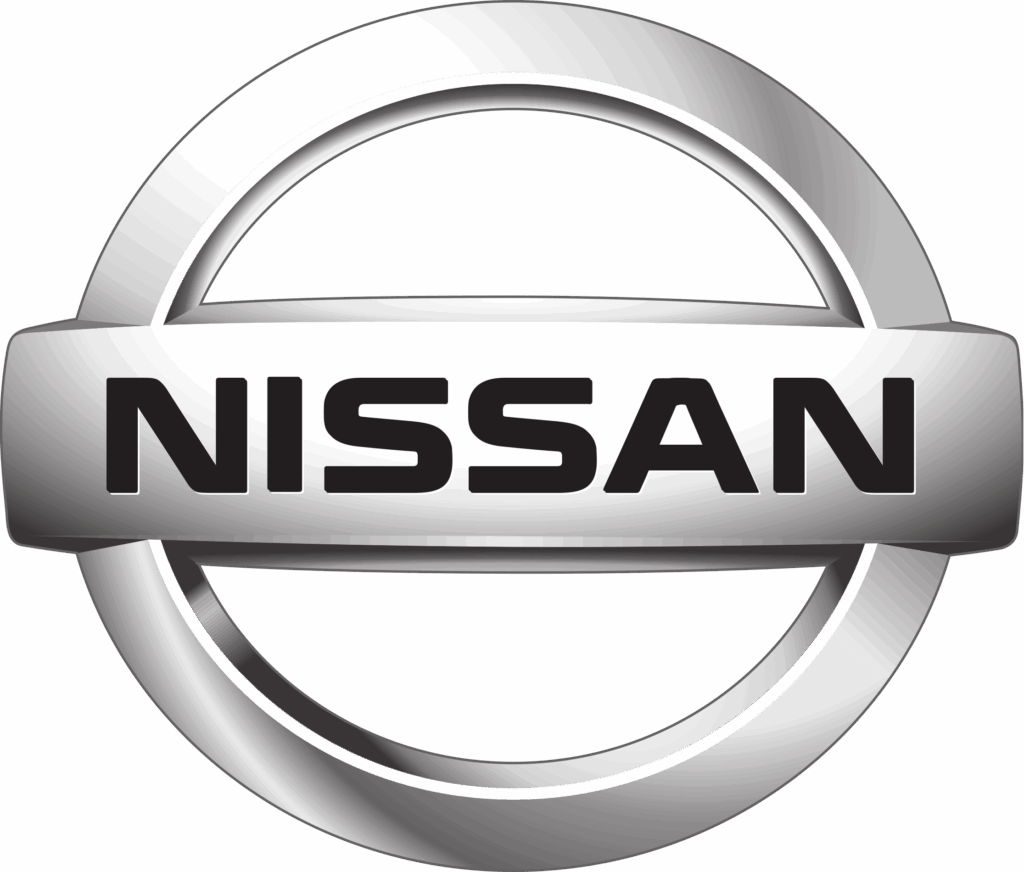
Began in 1935, bought by Volvo Group in 2007—but still Japanese-made, UD lorries are maintaining a loyal following in heavy-duty/logistics while having a niche market share.
- Key Truck Series:
- UD Condor – Medium-duty (refuse trucks, tow trucks).
- UD Quon – Heavy-duty (long-haul, best fuel economy in class).
- UD Quester – Budget heavy-duty (for emerging markets).
Why Buy One? Volvo tech with Japanese reliability—best for high-mileage operators
The Forgotten Players
5. Nissan Atlas/ Cabstar– The Discontinued Legend
- Era: 1950s–2019 (replaced by UD Trucks).
- Legacy Models:
- Nissan Atlas H40
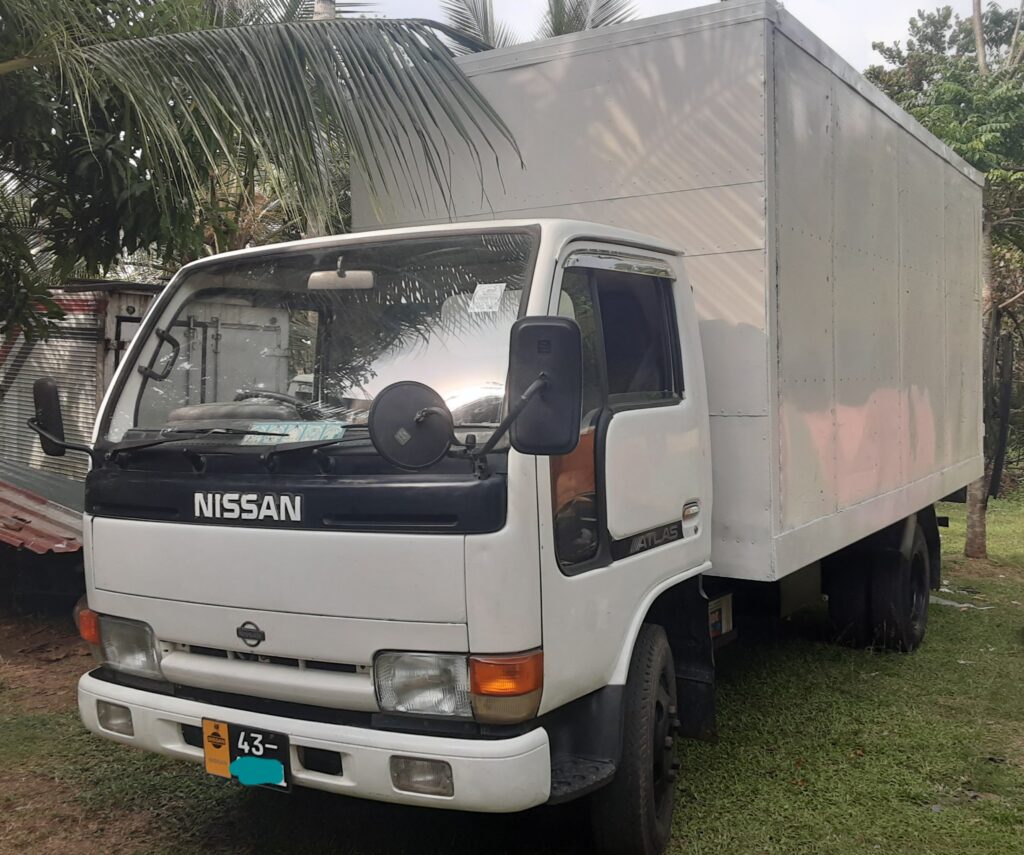
- Nissan Atlas F24

6. Mazda – The Mini-Truck Maverick
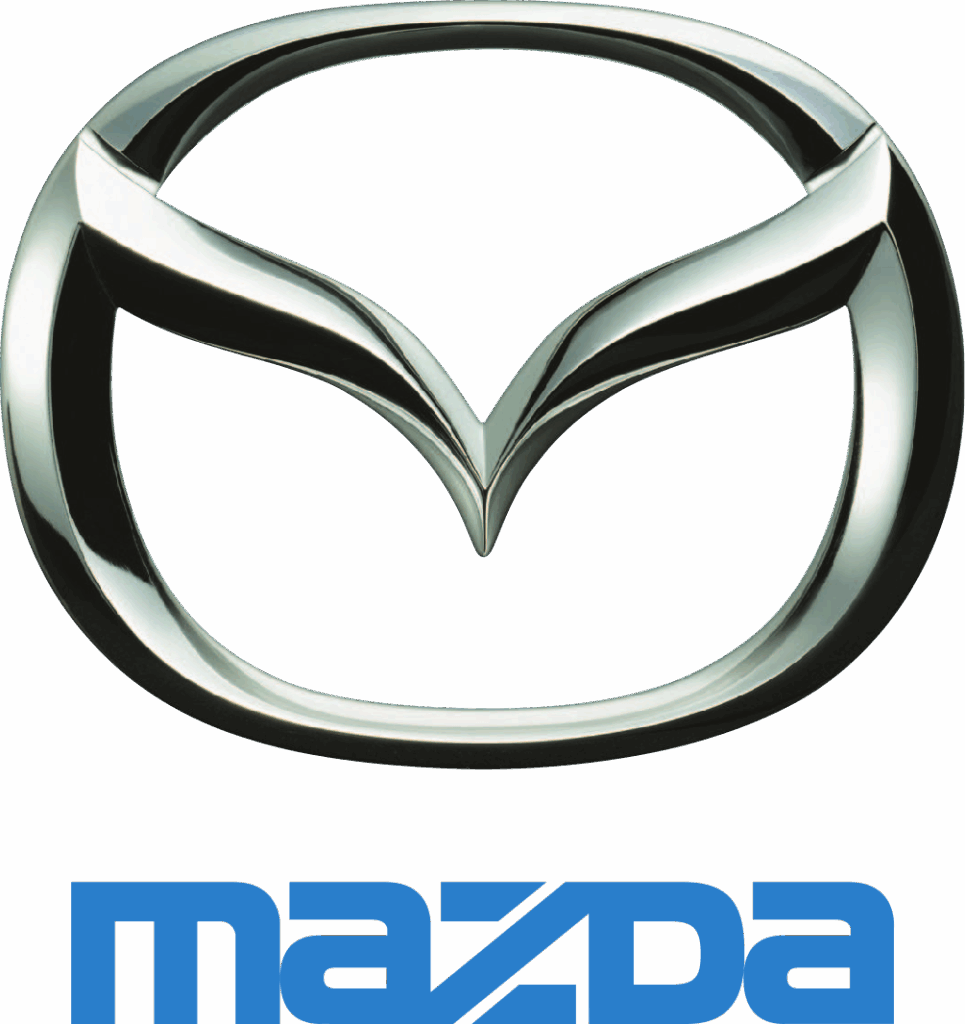
- Era: 1960s–2000s (mostly kei trucks).
- Cult Models:
- Mazda Titan (1980s flatbed legend)
- Mazda Bongo (tiny but mighty 1-tonner)
- Where They Thrive: Jamaican farms, Thai street food stalls.
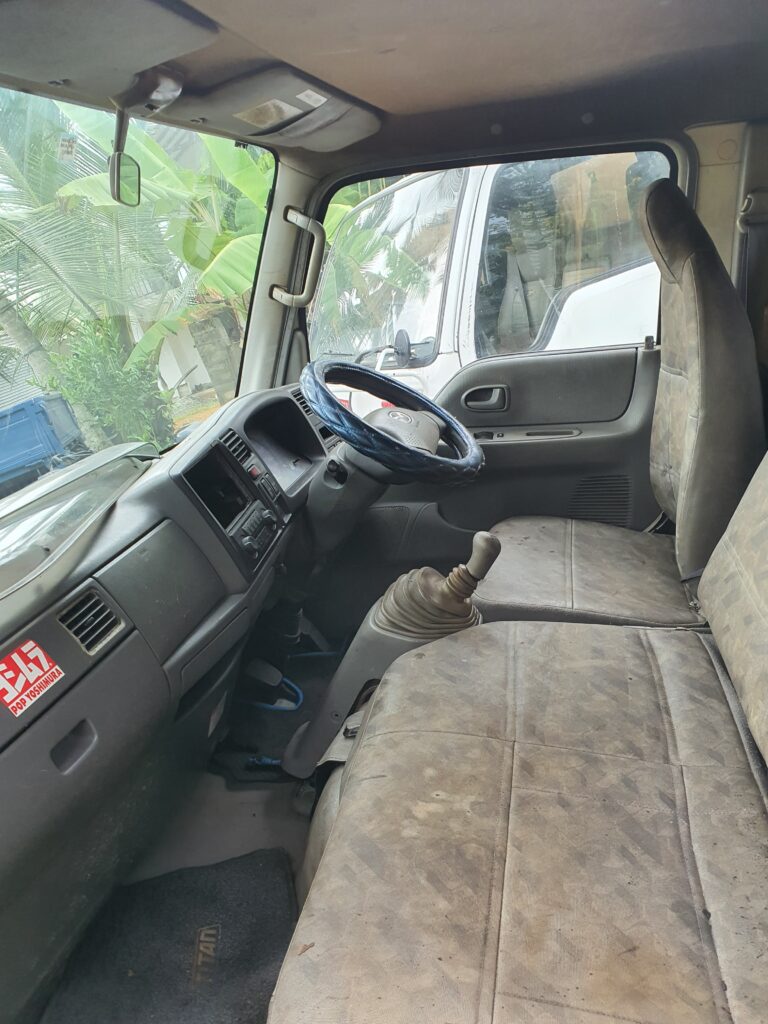
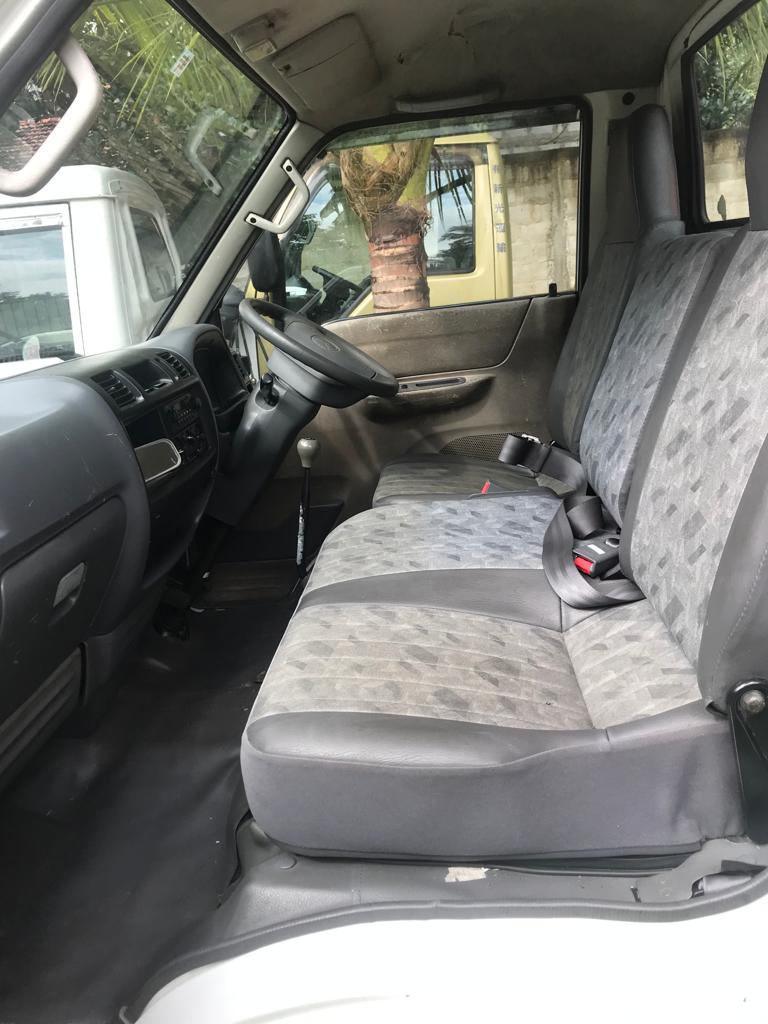
7. Toyota Dyna/Hino Dutro – The Survivor
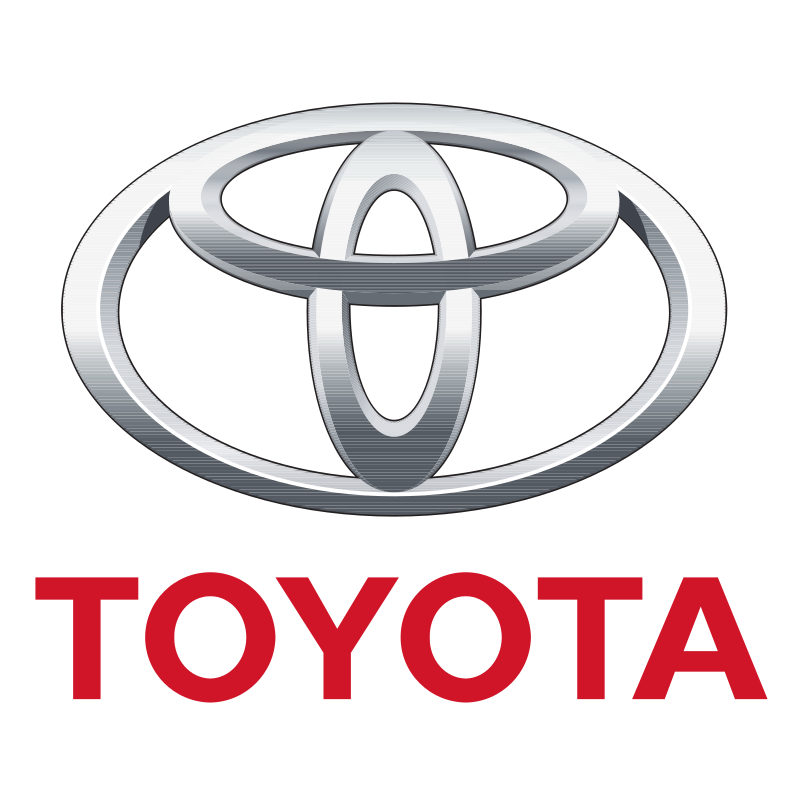
- Current Status: Rebadged as Hino Dutro since 2020.
- Why They Matter: Dyna’s 3-ton payload + Toyota reliability = black market darling.
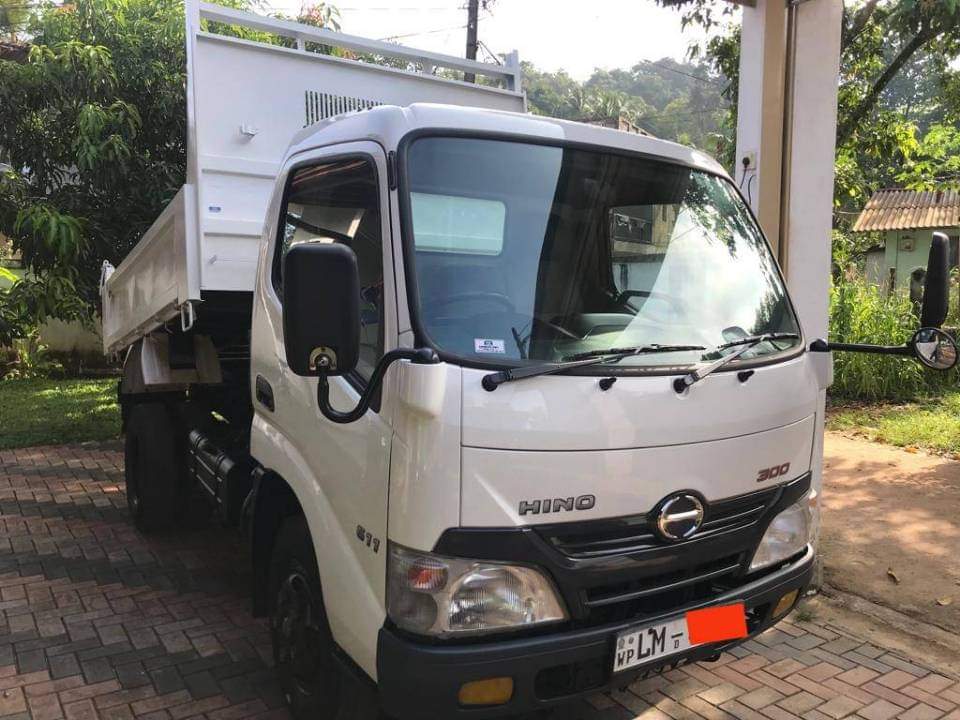
Japan’s Best-Selling Lorries
Japan’s truck market is all about efficiency, reliability, and real-world performance. While flashy new EV trucks grab headlines, the same diesel workhorses keep dominating sales charts.
Here are the top 5 most popular Japanese lorries in 2025—based on sales, fleet demand, and global exports.
1. Isuzu Elf (N-Series)
“2025 Sales Rank: #1 (again)”
Why It’s Everywhere,
- 6.5+ million sold since 1959 (Guinness World Record holder).
- 3.5–7.5-ton payload in a compact cab.
- 2025 Updates– Hybrid diesel-electric option, 15% better fuel economy.
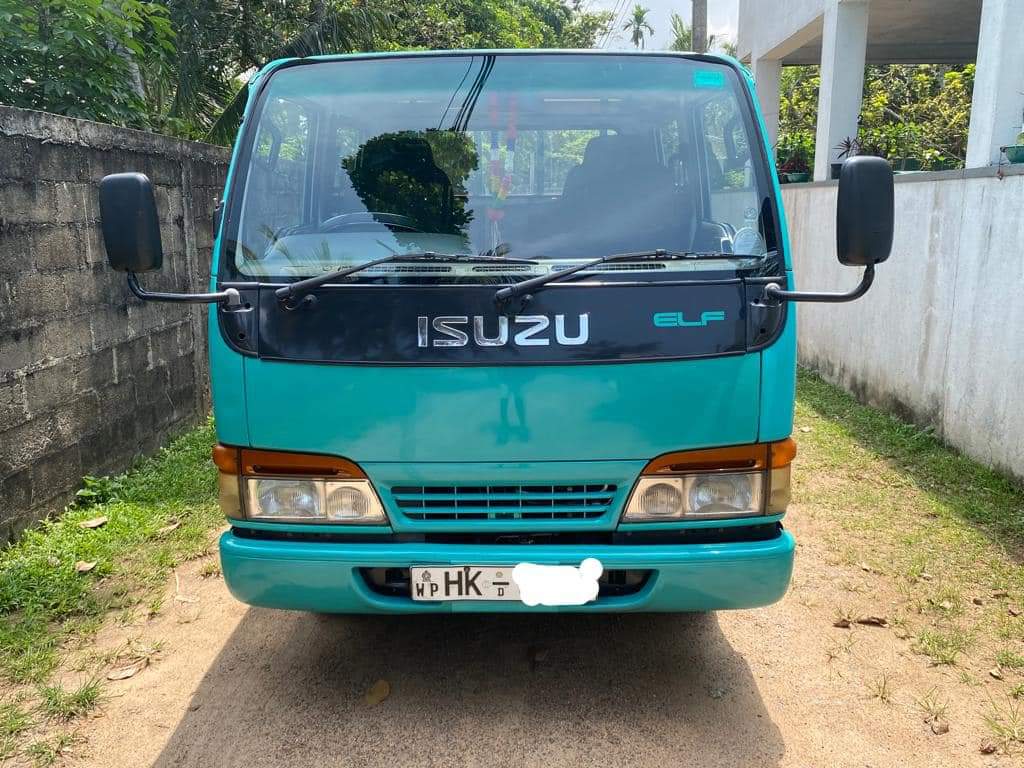

Who Buys It,
- Delivery companies (DHL, Yamato Transport)
- Frozen food transporters (refrigerated Elf models)
2. Mitsubishi Fuso Canter
2025 Sales Rank: #2 (1.2 million+ units since 1963)
2025 updates – Fully electric eCanter now makes up 30% of sales in Europe/Japan.
Why Businesses Love It,
- Narrowest cab in its class (fits where Euro trucks can’t).
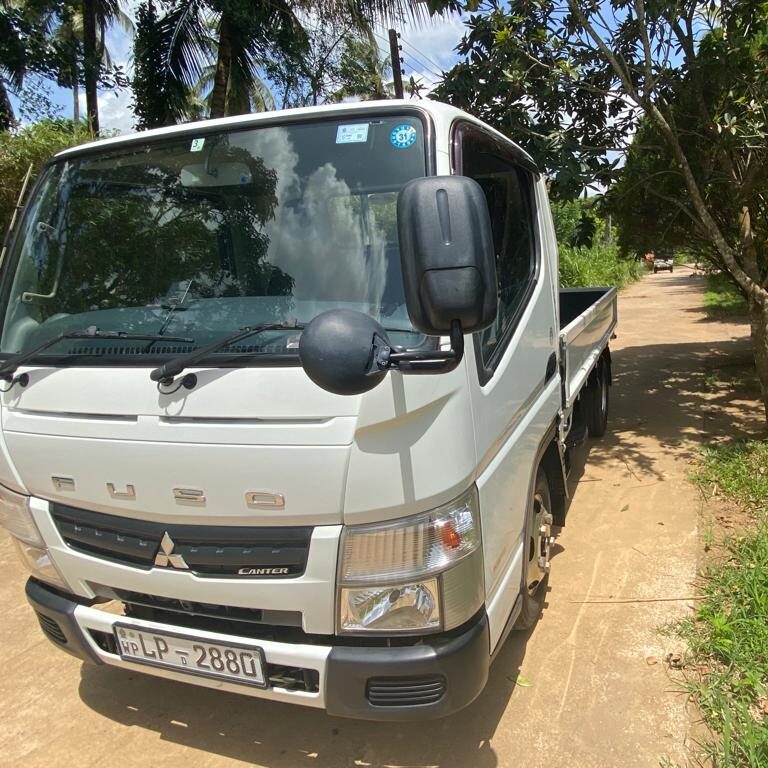
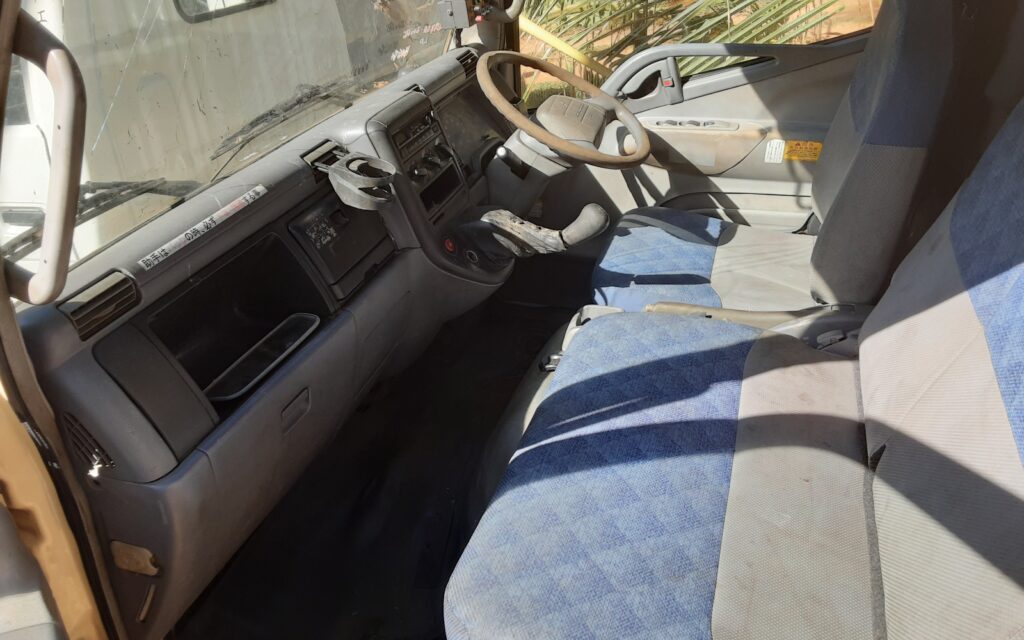
- 8-ton payload despite compact size.
Biggest Market: Southeast Asia (70% of light trucks in Thailand are Canters).
3. Hino 300 Series
2025 Sales Rank: #3 (Japan’s #1 medium-duty truck)
Updates in 2025
- New turbocharged 4-cylinder (5% more torque, same fuel efficiency).
- Advanced safety tech (auto-braking, lane assist)
Users
- Construction crews (dump truck version)
- Moving companies (box truck variant)
4. Toyota Dyna (Now Hino Dutro)
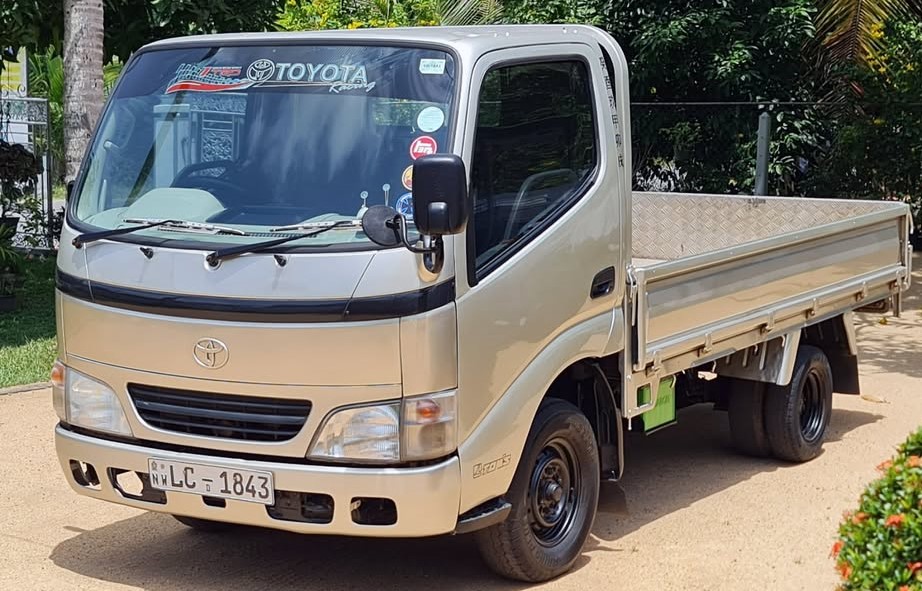
Officially rebadged as Hino Dutro, but still called “Dyna” in used markets especially in south and southeast easia.
Why It Still Sells,
- Toyota’s reliability in a 3–6-ton payload.
- Cheapest maintenance in its class.
5. Nissan Atlas (Discontinued but Still Everywhere)
The name, Atlas is Officially dead since 2019, but used models of this series still flood emerging markets all over the world. If you want to explore more on these models check out this blog.
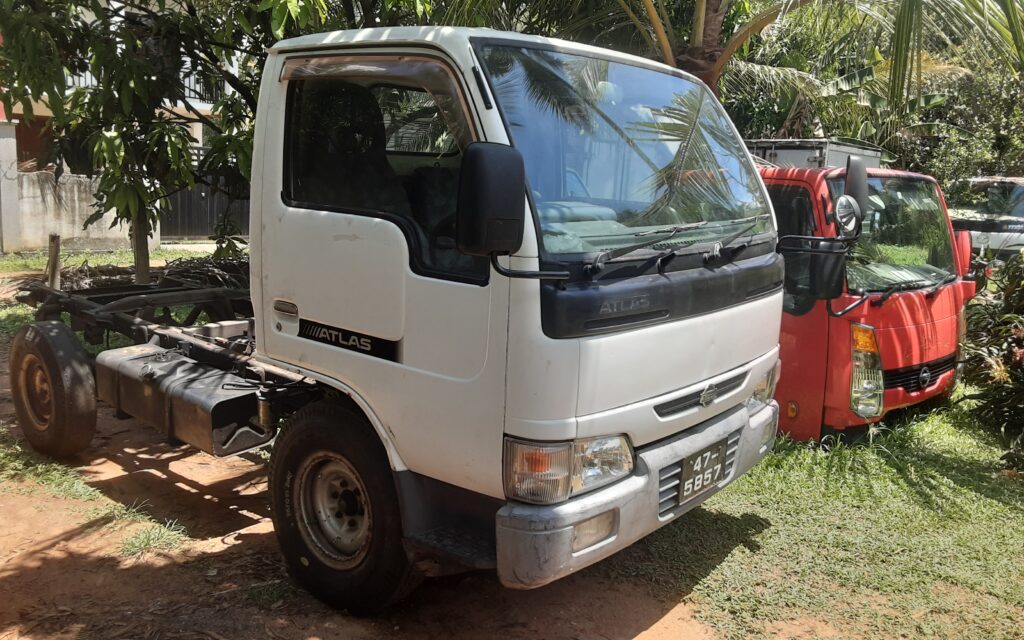
Why It’s Still Relevant
- Dirt-cheat prices ($5k–$15k for a 2000s model).
- Mechanical simplicity
Recommended Lorry model
Atlas F24 or Cabstar in European market is equipped with modern technology and is proved to be an ideal solution that aligns perfectly with the specific needs in medium-duty truck category for the years to come. If interested, read more on F24 on our comprehensive guide here.
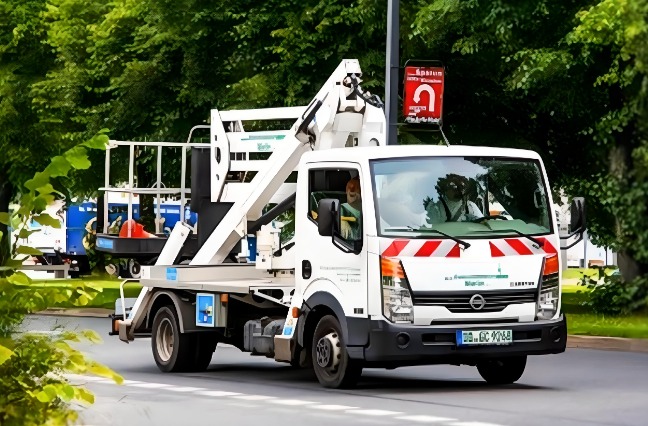
Where These Trucks Dominate (2025 Market Trends)
| Model | Top Market | Avg. Used Price (2025) |
|---|---|---|
| Isuzu Elf | Asia | $18k–$35k |
| Fuso Canter | Europe | $25k–$50k (eCanter) |
| Hino 300 | Africa | $15k–$30k |
| Toyota Dyna | Latin America | $10k–$20k |
| Nissan Atlas | Middle East | $5k–$12k |
Fun Fact: In 2025, 1 in 3 used trucks exported from Japan is an Isuzu Elf or Fuso Canter.
Common Purpose-based designs of Japan Lorries & Their Uses
Japanese lorry manufacturers have mastered the art of building specialized vehicles tailored to specific industries and tasks.
Unlike generic trucks adapted for multiple purposes, Japanese lorries are engineered from the ground up for their intended applications.
This section explores the major Japan lorry design variants available in Japan while explaining their unique features and real-world applications.
1. Flatbed Lorries
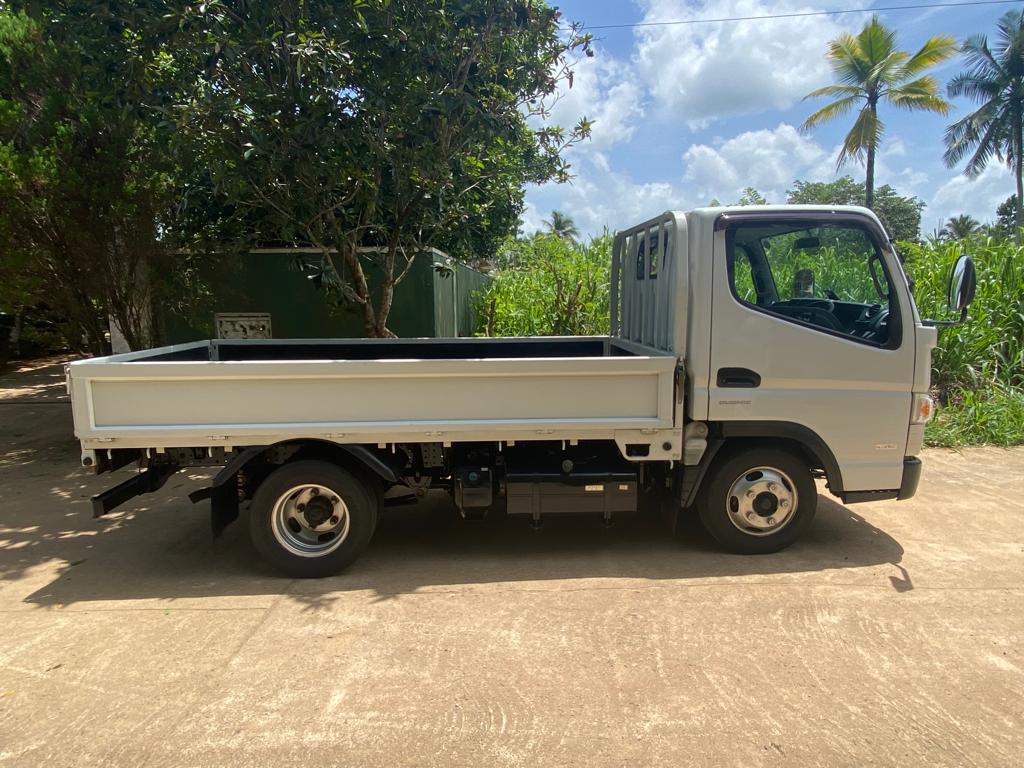
Flatbed lorries represent the backbone of construction and heavy industry transport across Japan and export markets.
These open-platform workhorses come equipped with reinforced steel decks capable of handling payloads from 8 to 15 tons, making them ideal for transporting bulky construction materials, heavy machinery, and industrial equipment.
Key Features,
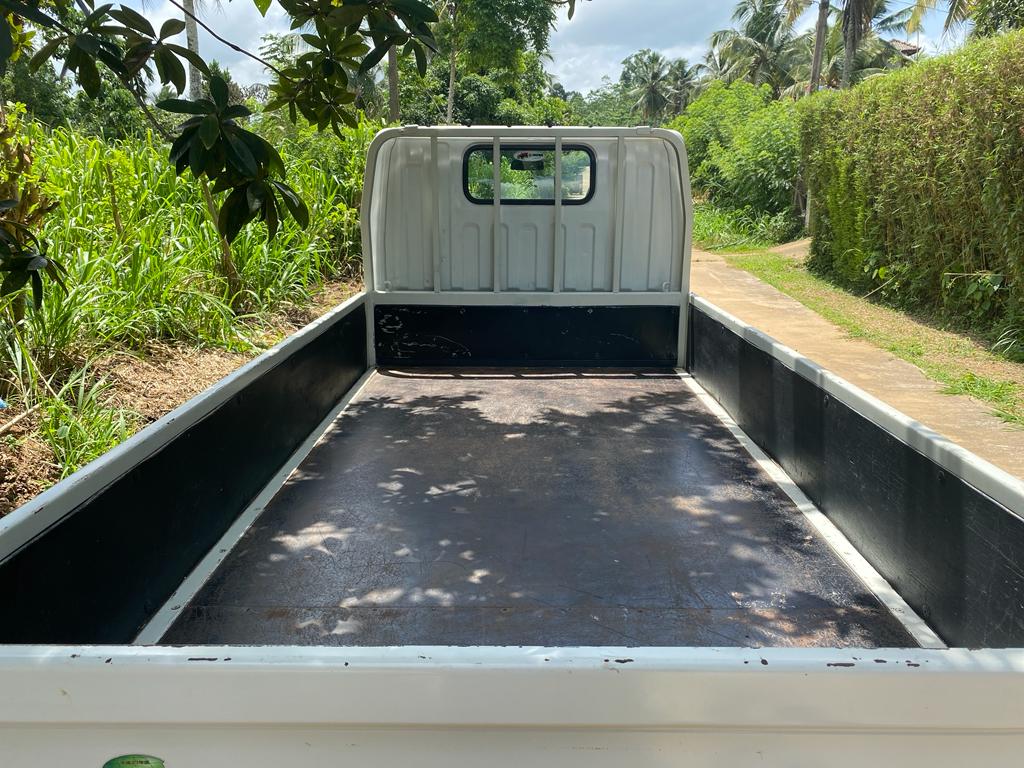
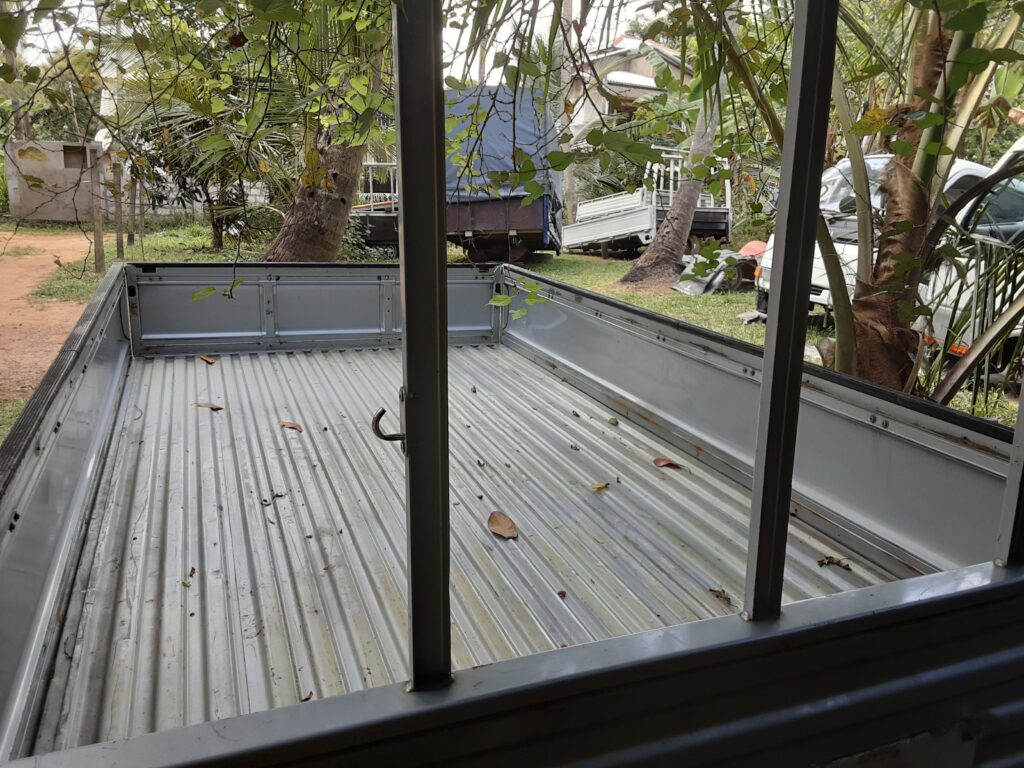
- Heavy-duty steel or aluminum deck construction
- Multiple integrated tie-down points
- Optional hydraulic loading ramps
- Anti-slip deck surfaces
Popular Models & Applications:
- Isuzu Forward Flatbed: The go-to choice for steel beam transport at construction sites
- Hino 500 Flatbed: Preferred for logging operations with its reinforced deck
- Mitsubishi Fuso Fighter: Commonly used in bridge construction projects
What sets Japanese flatbeds apart are their thoughtful design elements. Many models feature built-in loading ramps that eliminate the need for separate equipment, while strategically placed D-rings and anti-slip deck coatings ensure secure load fastening.
The latest models incorporate LED perimeter lighting for safer nighttime operations at job sites.
2. Box Lorries (Dry Van & Refrigerated)
The precision instruments of urban logistics
Box lorries form the circulatory system of Japan’s urban supply chain, moving everything from consumer goods to perishable foods through crowded city streets.
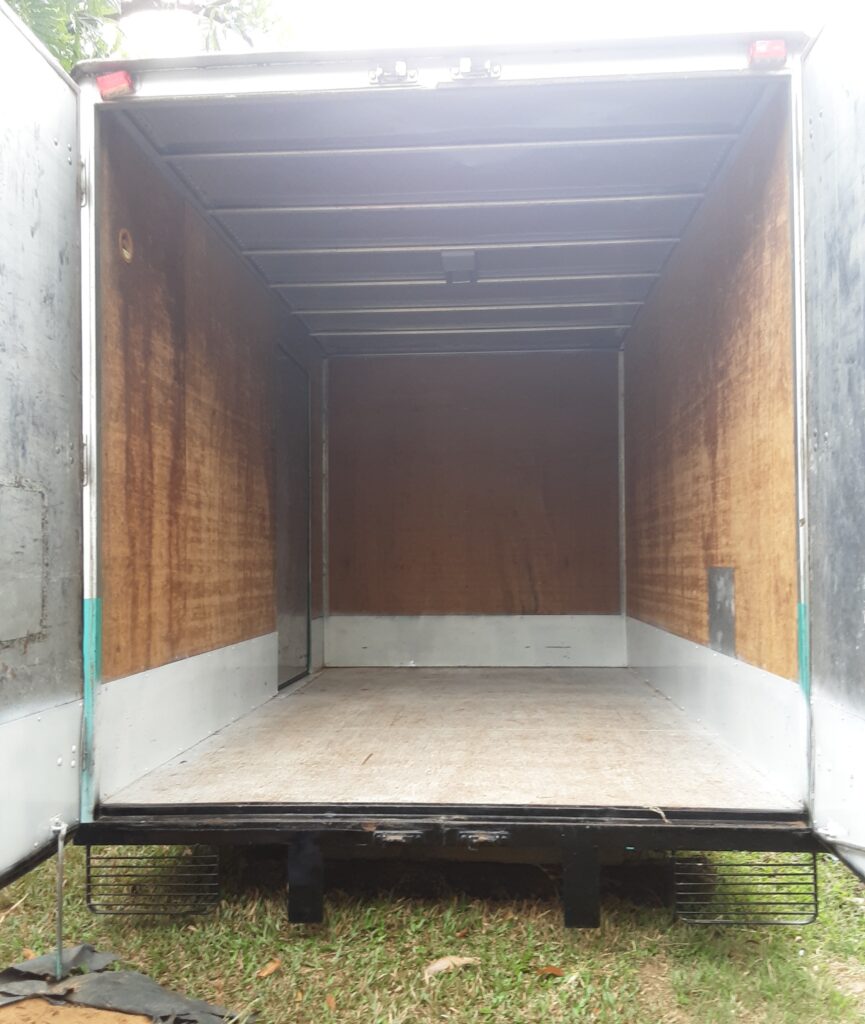
These enclosed trucks come in two primary variants: standard dry vans for general cargo and refrigerated units (reefers) for temperature-sensitive shipments.
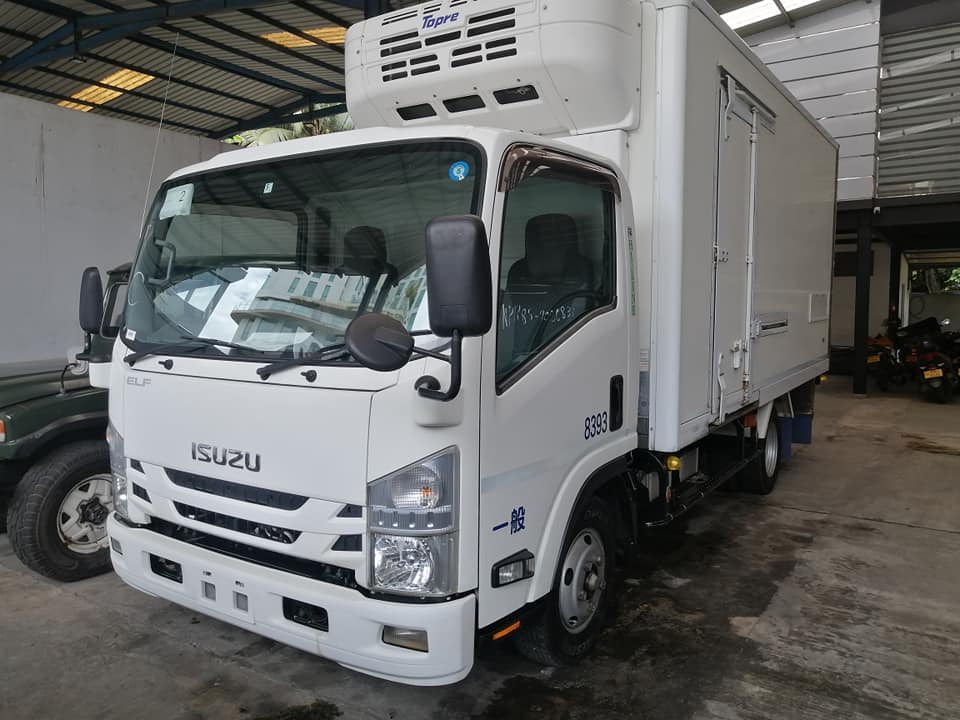
Technical Specifications:
- Ultra-thin yet highly insulated walls (15% more cargo space than European equivalents)
- Roll-up or swing rear doors with various width options
- Temperature ranges from -25°C to +25°C for reefers
The 2025 model year introduced groundbreaking innovations like solar-assisted refrigeration systems that reduce energy consumption by 20%, and smart humidity control for delicate agricultural products.
Japanese manufacturers have perfected the balance between cargo capacity and urban maneuverability, with many models featuring tighter turning circles than their European counterparts.
3. Dump Lorries
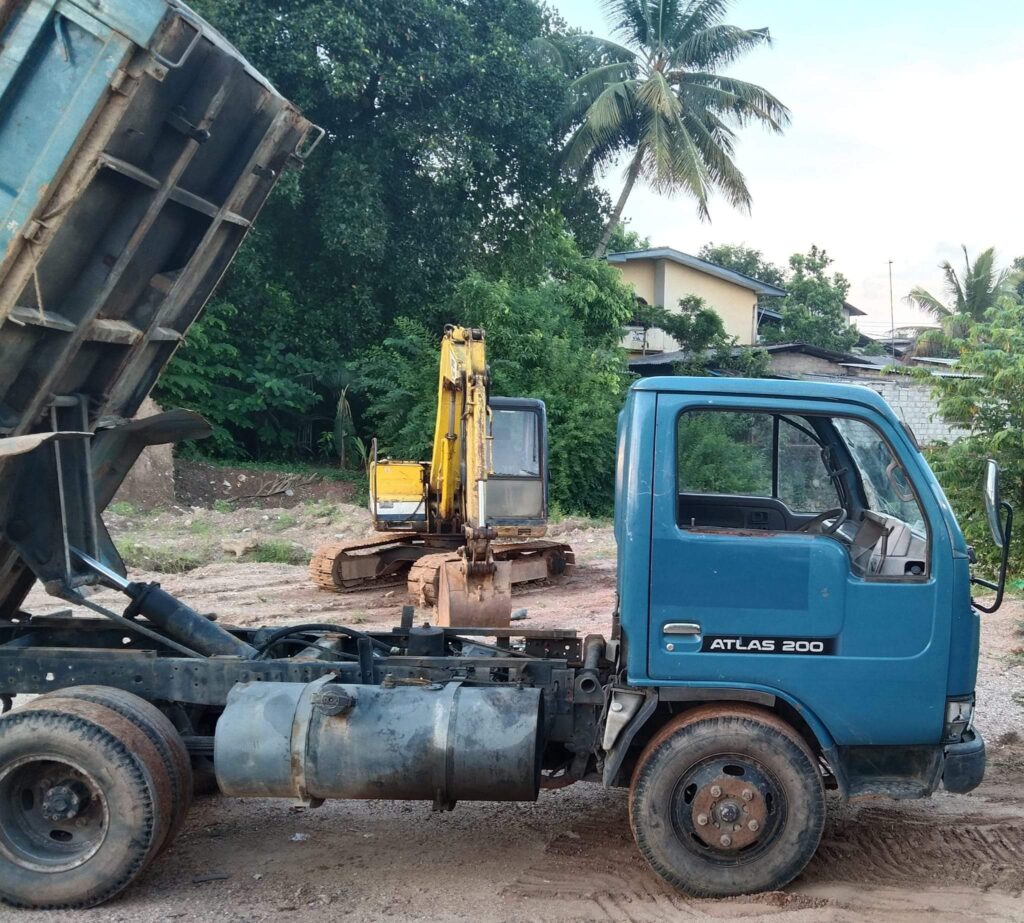
Japanese dump lorries have earned legendary status in mining and construction industries worldwide. Built to withstand the most punishing work environments, these vehicles combine brute strength with operator-friendly designs.
Engineering Highlights:
- Double-layer steel construction for dump beds
- Reinforced chassis with extra cross-members
- High-torque engines optimized for incline operation
- Advanced suspension systems for load stability
In Philippine mining operations, it’s not uncommon to see 25-year-old Atlas dump trucks still working daily shifts—a testament to their overbuilt design.
Modern Japanese dump lorries incorporate vibration-dampening cabs and 360-degree camera systems, significantly improving operator comfort and jobsite safety.
4. Boom Lorries (Crane Trucks)
Japanese boom lorries represent the pinnacle of load-handling technology, combining robust truck structure with smooth and sophisticated crane mechanisms.
These aren’t simply trucks with cranes bolted on – they’re integrated systems where every component is engineered to work in perfect harmony.
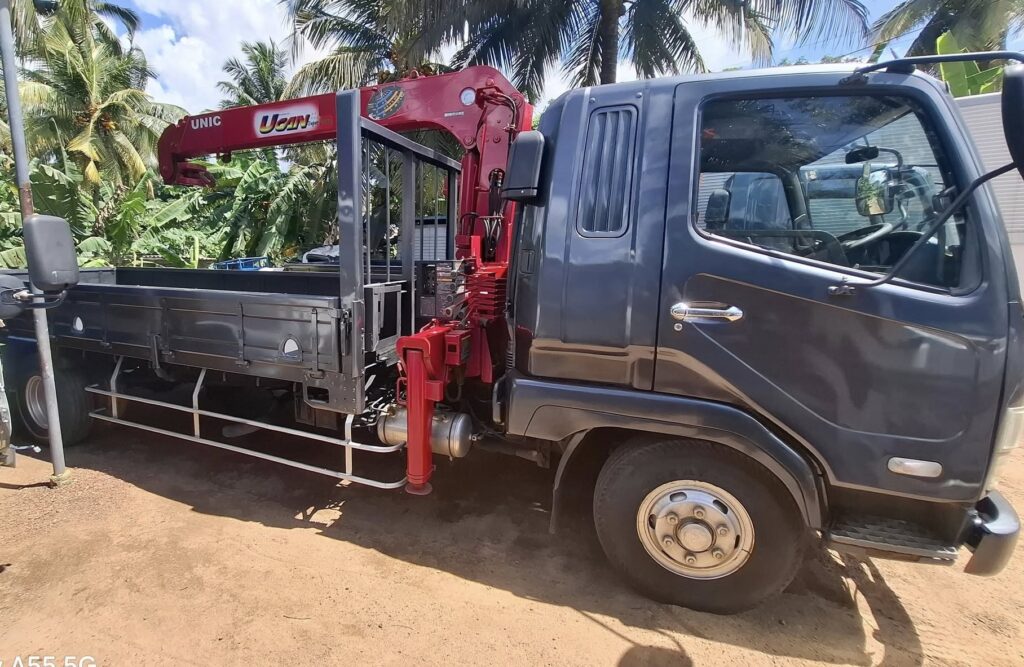
Model Breakdown:
- Isuzu Giga with 30-ton Crane,
- 6-section telescopic boom (42m max reach)
- 850Nm torque engine for stable power delivery
- Used in: Wind turbine maintenance, bridge construction
- Hino 500 “Spider Crane” Edition,
- 180° rotating cab with dual control stations
- Fits in 2.5m wide urban spaces
- Specialized for: Tokyo high-rise maintenance, temple restoration
5. Crew Cab Lorries
Almost all the popular models from top Japan Lorry brands, mainly come with 2 cab design variants, single cabs which provide maximum seating capacity of 3 (including the driver), and crew cabs which provide extra seating up to 6-7.
This configuration is especially popular in medium-duty and heavy-duty trucks used for fire trucks, logistics, construction, and long-haul transport.
What is a Crew Cab?
A crew cab (or double cab) is a truck cabin design that includes,
- Extended seating space (typically 2 rows)
- 4–6 passenger capacity (unlike standard single cabs, which seat 2–3)
- Full-sized rear doors for easy access
- Comfort features like better insulation, air conditioning, and storage
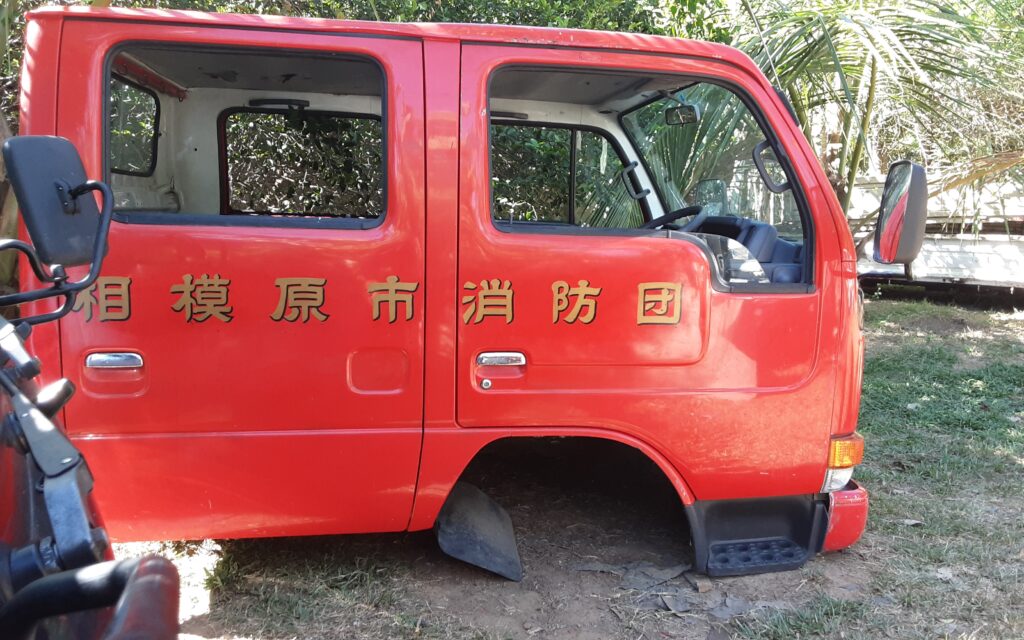
6. Tanker Lorries
Japanese tanker lorries handle everything from delicate food products to hazardous chemicals with unmatched precision. Their designs follow the “shikkō” (execution) philosophy – perfecting every detail of liquid transport.
Technical Innovations,
- Smart Baffle Systems: 12-16 compartment designs that minimize liquid surge
- Food-Grade Polishing: Mirror-finish stainless steel (Ra ≤ 0.8μm) for milk tankers
- Safety Systems: Triple-valve emergency discharge controls
Specialized Variants:
- UD Quon “Mega Tanker”:
- 40,000L capacity with 6 compartments
- Self-cleaning internal spray system
- GPS-monitored content stability
- Mitsubishi Fuso “Thermo King”:
- ±0.5°C temperature maintenance
- Dual-mode refrigeration (electric/diesel)
- Used for: Vaccine transport, premium sake delivery
6. Mini Trucks (Kei Lorries)
Don’t let their size fool you – Japan’s kei lorries are engineering marvels that outperform vehicles twice their size in urban environments.
Governed by strict dimensional regulations (3.4m length, 1.48m width), these micro-workhorses have spawned an entire ecosystem of specialized variants.
Popular Models
- Suzuki Carry
- Diahatsu Hijet
- Nissan Clipper
- Mitsubishi Mini Cab
- Subaru Sambar
Read more on Kei truck at our Ultimate Kei truck guide.
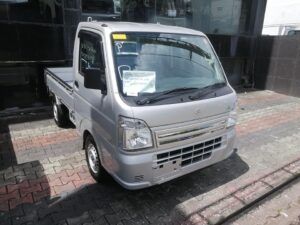
Unconventional Applications
- Mobile Restaurants: Over 5,000 converted food trucks in Japan alone
- Disaster Response: Fitted with water tanks and generators
- Vineyard Operations: Narrow-row grape harvesting
The Kei Truck Paradox,
While limited to 660cc engines by regulation, Japanese engineers have optimized every component:
- Ultra-short gear ratios (0-50km/h in 6.2s)
- Ceramic brake linings that last 80,000km
- Space-saving transverse engine layouts
How to Buy a Japan Lorry Cheap (Direct from Auctions)
No matter which country you are from, at lorryhub.lk, we believe that importing directly from Japan is the safest and cheapest way to buy a Japan lorry in 2025, if done in the correct way.
This is because, Japan’s used lorry market offers incredible deals—if you know where to look. The best bargains will always come from direct auctions, where you can buy well-maintained trucks generally at 40-50% below dealer prices.
Here’s how to do it safely,
Step 1 – Find a Trusted Auction Agent
Japanese auctions (USS, TAA, JU) don’t sell to individuals—only licensed brokers.
Top 3 Recommended Agents
| Agent | Specialty | Fee |
|---|---|---|
| TruckJapan | Heavy-duty (Hino 700, UD Quon) | 3-5% of bid |
| Japan Partner | Refrigerated/Reefer trucks | ¥150,000 flat |
| Autorec Market | Budget trucks (Grade R/3) | 2% + ¥50,000 |
You Need an Agent to,
- Access to auction sheets (hidden damage reports).
- Handle deregistration, export certificates, shipping.
- Avoid scams such as odo rollbacks and flood damage).
Step 2 – Decode Auction Grades & Prices
Japanese auctions grade trucks 1-5 (S=Best, R=Repaired).
| Grade | Condition | Suitable For |
|---|---|---|
| S/4/5 | Near-new, low km | Reefer/boom lorries |
| 3 | Minor scratches, avg. km | Budget buyers |
| R | Repaired damage | Short-term use |
| AA | Severe accidents | Avoid |
Pro Tip –
- Grade 3 = Best value (minor scratches, 100,000–200,000 km).
- Avoid “AA” grades = Severe accident history.
Step 3 – Bid Like a Pro
Auction Strategies
- Target “Dealer Unsold” lots: Prices drop 20% after 2 auction cycles.
- Avoid snow-region trucks: Hokkaido vehicles often have hidden rust.
- Request: Engine hours report + undercarriage photos.
Best Auctions for Lorries
- USS Tokyo: 500+ trucks weekly (best inventory).
- TAA Nagoya: Specializes in dump trucks/tippers.
- JU Osaka: Mini-trucks (Hijet/Carry).
Step 4 – Shipping & Customs
Cost Breakdown
| Method | Cost (Asia) | Cost (Africa/Europe/USA) |
|---|---|---|
| RORO | $1,500–$4,000 | $3,000–$6,000 |
| Container | $2,000–$5,000 | $4,000–$8,000 |
Critical Documents
- Bill of Lading
- Export Certificate (from Japan’s Ministry of Transport).
- EPA/DOT forms (if importing to the USA).
Tax Hack – Import as “commercial equipment” for lower duties,
- Kenya/Uganda: 10% duty for trucks >5 years old.
- USA: No EPA rules for trucks older than 25 years.
Where to Find Auction Listings
- Truck Monster (Real-time auction database)
- JAAI (Official auction network)
- AutoChecks (Vehicle history reports)
Red Flags to Avoid,
- “As-Is” no inspection offers
- Trucks with “AA” grade (Severe accident history)
- Sellers refusing undercarriage photos
Check out some other methods that you can try to purchase your dream Japan lorry directly from Japan without bidding at auctions on this video.
What is your Favorite Japan Lorry? Comment down below!
Note – All media content featured here is the exclusive property of Kavindu Motors (owner-lorryhub). Unauthorized reproduction, distribution, or reuse is strictly prohibited without prior consent.
Acknowledgment- Special thanks and Photo Credits go to Lorryhub Facebook group members for contributing some stunning photos of their vehicles.
